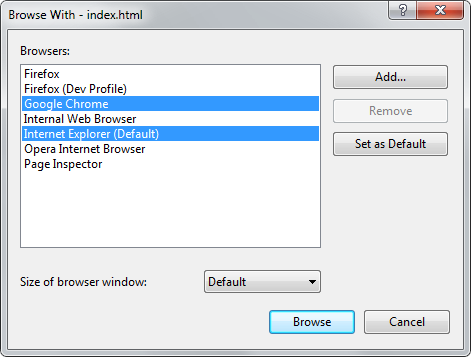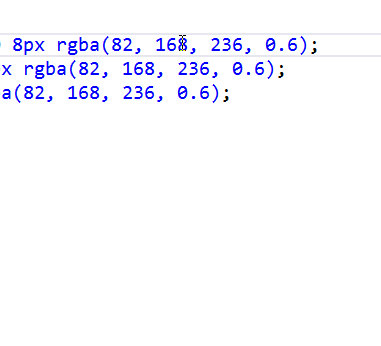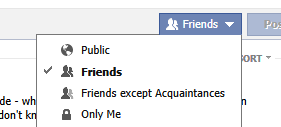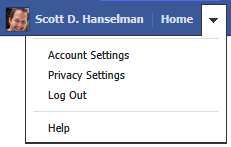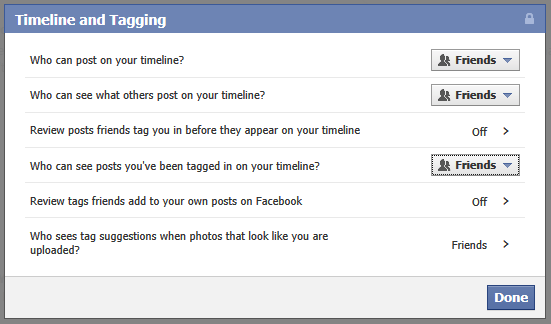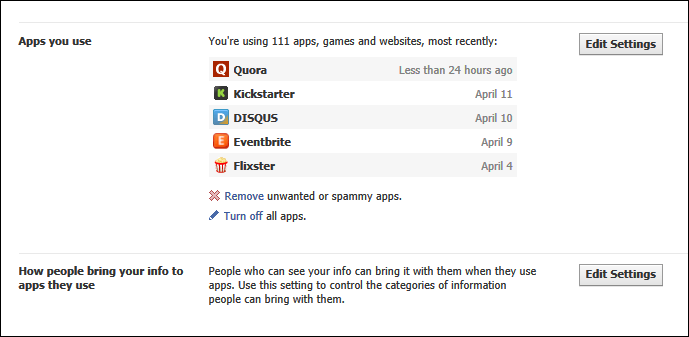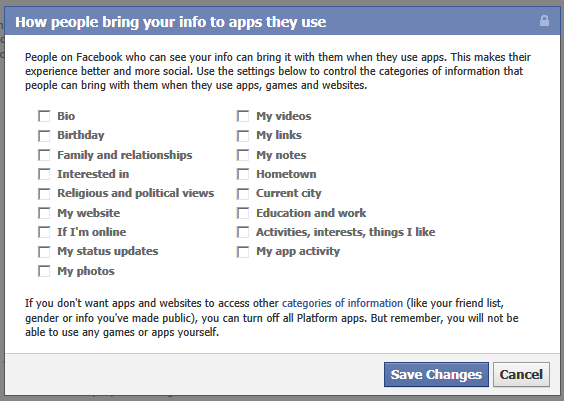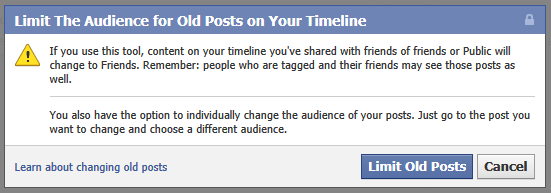Root Cause Analysis for Toddlers and Medical Eyeball Tweezers
 This has been a very stressful week. Our four year old had a piece of metal in his cornea. Twice. That's two different pieces over multiple days in the same eye. In one week. He's great now, no lasting damage and no vision trouble. That's not his eye pictured at right.
This has been a very stressful week. Our four year old had a piece of metal in his cornea. Twice. That's two different pieces over multiple days in the same eye. In one week. He's great now, no lasting damage and no vision trouble. That's not his eye pictured at right.
He was having trouble sleeping and was complaining about his eye hurting. He's had eyelashes in his eye before so we check it out, didn't see much, and flushed with saline eye drops anyway. He wouldn't fall asleep and kept waking in a start. About 1 in the morning it was clear that he was in some considerable pain and wasn't going to sleep. We looked again with a bright flashlight. Turns out that little kids not only don't like standing still but they don't like staying still with a bright light in their eyeball. We did get a hint of something, right on the surface of the eye next to the pupil. I couldn't get it out with the edge of a tissue so we headed to the emergency room.
The very kind doctor at the ER took a look with a slit lamp and exclaimed: "It's something metal!" She numbed the eye and tried to remove it but quickly decided it was out of her expertise and call the on call ophthalmologist. They woke up the eye surgeon and brought him in to check it out. We found ourselves with a tired toddler and a tired (but kind) eye doctor after 2am trying to get this metal out of his little eye with some kind of special set of medical eyeball tweezers. Again, may I mention that while my son is and was a trooper, no one likes to hear "eyeball" and "tweezers" in the same sentence, especially when combined into one super scary term: "medical eyeball tweezers."
His patience exhausted, my baby fell asleep crying. The doctor said I got all the metal and 80% of the rust.
Rust? Yes, rust. Rust that looks roughly like this.
Iron rusts in the eye very quickly and creates a rust ring (iron oxide). That ring often needs to be removed as well usually with the equivalent of an "eyeball Dremel tool," like this one below.
We were told to return the following day to get the remainder of the rust. We went home, tired but feeling reasonably comfortable that this strange thing was a fluke and that everything would be cool. The following day an attempt was made to get the last bit of rust but bless him, he wouldn't stay still so the we and doctor decided against further trauma. The chances are that the very small bit of rust will just dissipate. If not, we'd deal with it later when he's older.
My son went to school and the next day came home complaining about his eye. The doctor had said it would feel like there was something in his eye (even though it had been removed) and that this was common. However, he couldn't sleep and insisted something was wrong. We have learned to listen to little people, even and especially at 2am.
There was something new in his eye - the same eye.
I could only assume that the doctor didn't get everything the last time. Off to the ER again (don't mess with eyes) but this time they were not wiling to wake up the eye doctor. We saw him a few hours later first thing in the morning. I asked if it was the same piece and he said, "no, it's the same eye but a different location. You can tell because the original rust ring is a marker."
He was shocked to say the least. "In 30 years I've never seen someone get something in their eye twice. Not even in people who grind metal for a living."
He tried to get it out but my baby wasn't having it. The decision was made (and not lightly) to use general anesthesia to perform the eye surgery procedure and get it out. This kind of thing requires one stays completely still and you just can't ask a 4 year old to do that.
I just couldn't get my head around the idea that this was a new piece of metal. What if a third one showed up? What was he doing or what was he around to cause this? Was he banging metal cars together? Was it shavings off his metal bed? Maybe sandbox sand being thrown in the air? Something from our new car?
My wife and I became obsessed with "root causing." I spent a day moving through my son's life, touching everything. Toys, beds, toothbrushes, car seats, furniture. No luck.
We were at the hospital yesterday and he was put under and had the procedure done. The doctor said it was successful and not only did he get th second piece of metal out but also cleaned up the now two rust rings.
We asked again, "How do we keep this from happening again?"
The doctor said, "You've got to find the cause or it very well could reoccur. The thing is..." he reiterated, "I've never seen this, even in metal grinders or folks in manufacturing."
We took baby home with a healthy dose of paranoia. Should he wear glasses until this is figured out? Then we had an idea. Where does a 4 year old come in contact with grinding metal. Why our son and not the other kids?
Wait. Metal grinders. Where does my son go where metal grinds together?
The playground swing. Specifically the tire swing. I've seen him spin on the swing for hours with his head parallel to the ground, eyes wide open looking at the clouds.
I went to the playground, found the swing and touched the metal ball where the hip joint fits into the bearings. My finger came out covered in what looked like glitter. Metal shavings. The tire swing joint was dry and cold - effectively a metal grinder rotating directly over his eyes.
There's nothing more satisfying than The Answer.
I spoke to the principal of the school and he made some calls and actually spoke to the designer of the playground product who hooked him up with the designer of the swivel. They are swapping the Tire Swing Hanger for a Heavy Duty hanger that includes a rubber boot to cover the joint.

This was a clear and satisfying end to a very painful experience for the little guy. I'm just happy we figured it out but I think we are going to be paranoid about eyeballs for a the foreseeable future.
About Scott
Scott Hanselman is a former professor, former Chief Architect in finance, now speaker, consultant, father, diabetic, and Microsoft employee. He is a failed stand-up comic, a cornrower, and a book author.
About Newsletter



 Jeff had a blog post yesterday
Jeff had a blog post yesterday_e4448711-ac91-4cf2-aa6a-0bd8467ae883.png)
